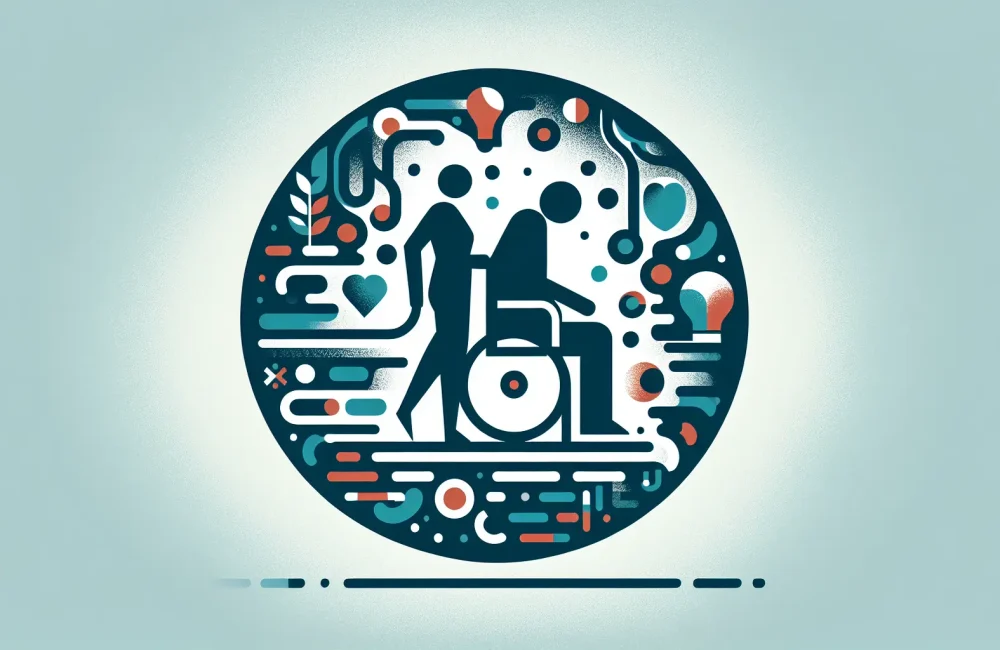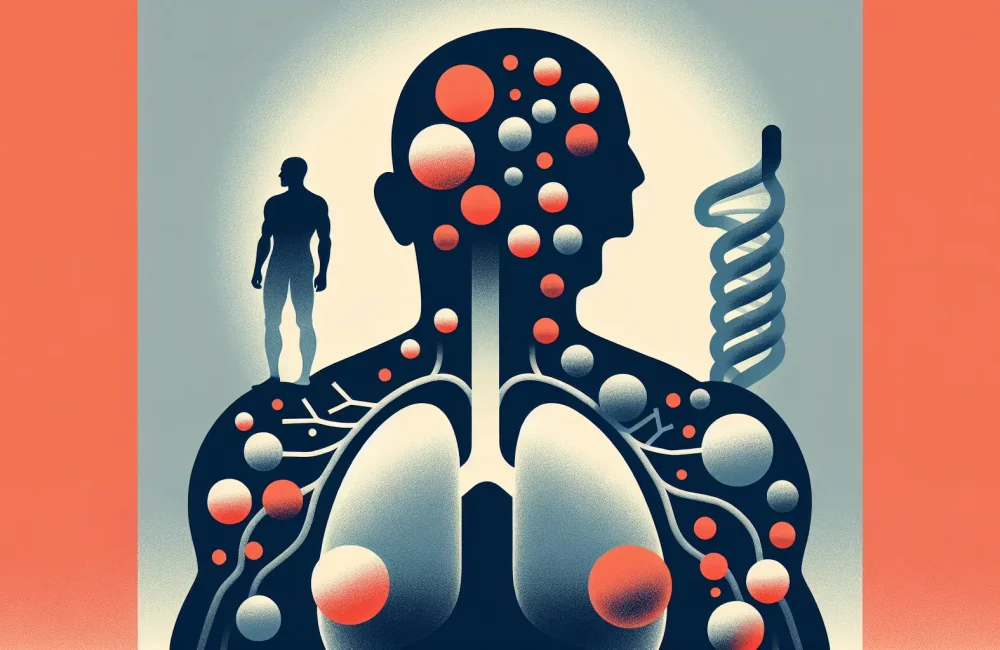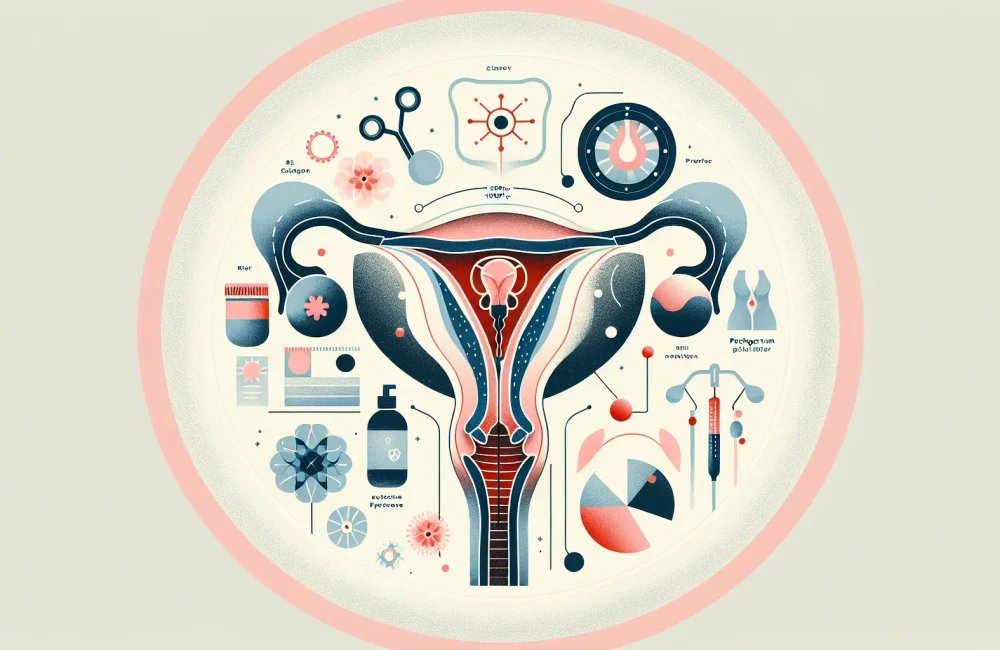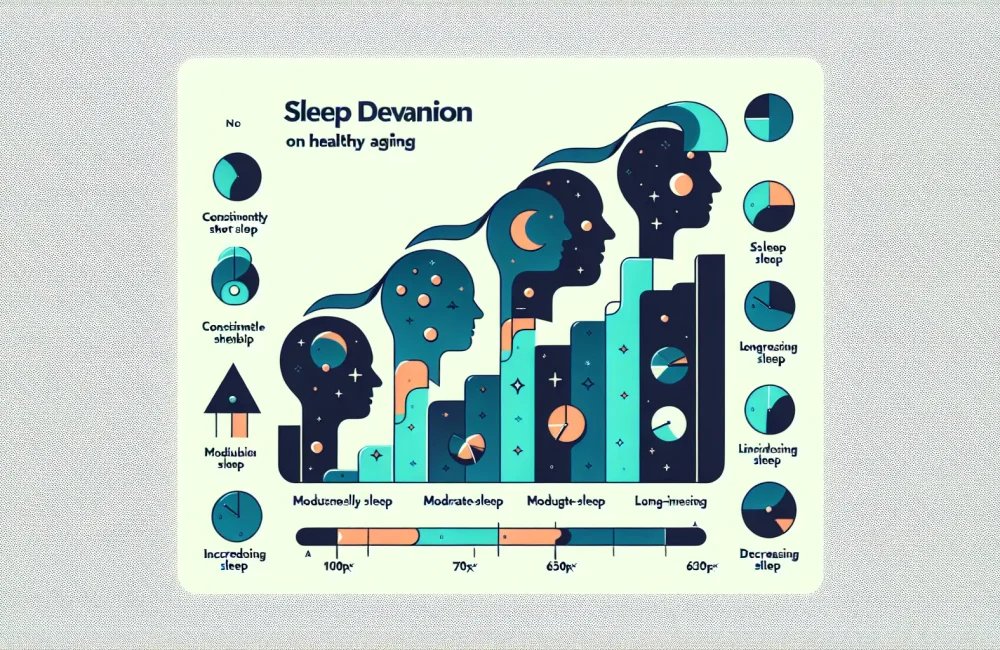By CAFMI AI From Frontiers in Medicine (Open Access)
Impact of ADL Disability on Hip Fracture Risk
Hip fractures among middle-aged and older adults represent a major public health concern due to their association with increased morbidity, mortality, and healthcare burden. The study analyzed longitudinal data from the China Health and Retirement Longitudinal Study (CHARLS), focusing on the relationship between Activities of Daily Living (ADL) disability and the incidence of hip fractures. ADL disability, which reflects an individual’s ability to perform basic self-care tasks such as bathing, dressing, and eating, was found to significantly increase the risk of subsequent hip fractures in this population. The research included adults aged 45 and above and used multiple survey waves to track changes in ADL status and fracture occurrence over time. By employing robust statistical models, the study established a direct link between physical functional decline and increased vulnerability to hip fractures, highlighting how limitations in everyday activities compromise stability and increase fall risk, which is the primary cause of hip fractures in older adults. This link underscores the need for clinicians to assess and monitor ADL function when evaluating fracture risk, particularly in middle-aged and older patients whose physical capabilities may be deteriorating. The findings suggest a paradigm in which disability assessment becomes integral in preventive health strategies against serious fall-related injuries.
Depression as a Mediator Between Disability and Fracture
A crucial finding of this research is the mediating role of depression in the pathway from ADL disability to hip fracture incidence. Individuals with ADL disability were more likely to experience depression, which independently increased their risk of hip fractures. Depression in older adults can contribute to physical deconditioning, poorer balance, slower reaction times, and diminished motivation for physical activity, all of which elevate fracture risk. The study’s mediation analysis quantified the indirect effect of depression, demonstrating that a portion of the increased fracture risk associated with ADL disability operates through depressive symptoms. This complex relationship indicates that physical disability and mental health are intertwined determinants of bone health outcomes. For clinicians, these results underscore the importance of comprehensive assessments that include psychological well-being alongside physical function in older adults. Treatment approaches addressing depression could thus be a valuable adjunct in reducing fall-related injuries. Incorporating mental health screening into routine care and offering effective depression interventions may mitigate fracture risk and improve overall quality of life in this vulnerable patient group.
Clinical Implications and Preventive Strategies
The study’s findings highlight the need for integrated clinical approaches that address both physical disability and mental health to reduce hip fracture risk in older adults. Preventive strategies should include routine screening for ADL disabilities and depression in middle-aged and elderly patients, enabling early identification of at-risk individuals. Interventions may involve physical rehabilitation to improve mobility and balance, alongside psychological support or treatment for depression. Such a multidisciplinary approach could decrease fall incidence, thereby lowering hip fracture rates and improving patient outcomes. Additionally, public health policies should promote awareness of the interplay between disability, depression, and fracture risk, encouraging healthcare providers to adopt comprehensive care models that encompass both physical and mental health dimensions.
Read The Original Publication Here






